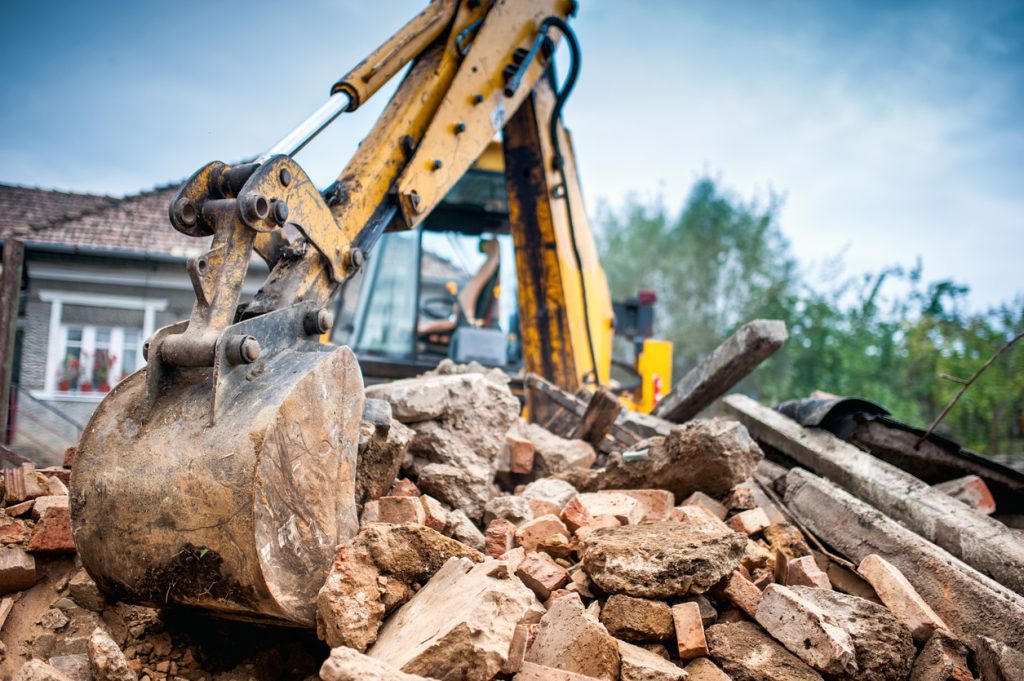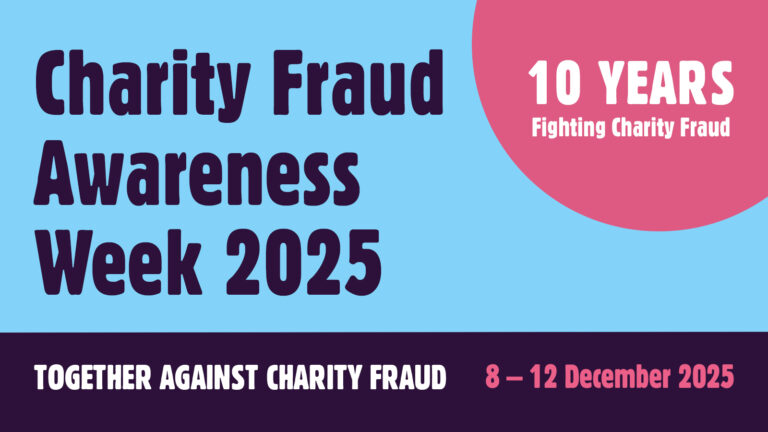Wise Giving Wednesday: From Disaster Relief to Recovery

Canada’s Atlantic Coast, Puerto Rico and the West Coast of Florida are all still assessing the devastation caused by either Hurricane Fiona or Hurricane Ian. Cumulatively these areas experienced billions of dollars of damage and some places may not be able to fully recover to what they were before the storm.
In Canada, Fiona made landfall in Nova Scotia on September 24th and then went on through Canada’s eastern seaboard. Wind gusts and storm surges swept away homes, downed trees smashed houses and blocked roads and caused hundreds of thousands to lose power. On October 4th, Prime Minister Justin Trudeau announced the creation of a fund which would provide $300 million to Atlantic Canada and Eastern Quebec over two years to help those impacted by the storm and support long-term recovery efforts.
As reported in The Washington Post, President Biden visited Puerto Rico on October 3rd to review the damage caused by Fiona and pledged $60 million in hurricane relief funds that, among other things, will seek to help prepare coastal areas for future storms. The Federal Emergency Management Agency (FEMA) is currently assessing the damage made by Fiona to Puerto Rico’s power grid which was already undergoing restoration from Hurricane Maria five years earlier.
Days after Hurricane Ian hit Fort Myers Beach in Florida on September 30th, The New York Times reports that first responders were still going door to door to identify residents needing assistance or rescue. As reported by CNN, over 100 people lost their lives to Hurricane Ian in Florida and four people were killed in North Carolina. As of late Tuesday, over 400,000 people in Florida were still without power.
In general, there are three phases of disaster relief activity. First, there is a Rescue Phase where first responders seek to provide immediate assistance to help save lives and address emergency needs. Parts of Florida are still in this rescue phase. Next, is the Relief Phase which seeks to provide shelter, clothing, food, and other necessities. Many disaster relief charities are most active in this part of disaster relief activity. One of the challenges is that charities can provide temporary shelter, but some who have lost their homes, may not have an alternative place to live. The third component is the Recovery Phase that involves rebuilding homes, schools, hospitals and repairing roads. This final phase will take time to complete and will require large sums of money.
For those seeking to help those impacted by these disasters, see the list of BBB Accredited Charities (i.e., those that meet BBB Charity Standards) in this link. If you are considering donating to a Canadian-based charity, there is a list of Registered Charities provided by the Government of Canada, which can be found here. While the registration with this government agency does not mean the government is recommending or endorsing the charity, it does signify that the group has filed the appropriate paperwork with this agency.
Heart of Giving Podcast
This week’s Heart of Giving Podcast starts its third year of activity and revisits clips of previous interviews about people doing impactful charitable work in their communities.
Inspiring Collaboration Video
In the first episode of our Inspiring Collaboration Video Series, BBB WGA interviews Jeff Burkhart, Executive Director, Literacy Network (a BBB Accredited Charity). This organization serves approximately 1,000 low-income adults each year in Dane County, Wisconsin. With more than 500 annual volunteers, they help adults achieve their goals through personalized education services and support.
Recent Reports
We are always working with charities to publish or update reports for donors. Visit Give.org or local BBBs to check out any charity before giving. Our recently evaluated charities include:
Finally, remember to let us know by going to www.give.org/charity-inquiry if you are interested in seeing a report on a charity not on the list and we will do our best to produce one.


